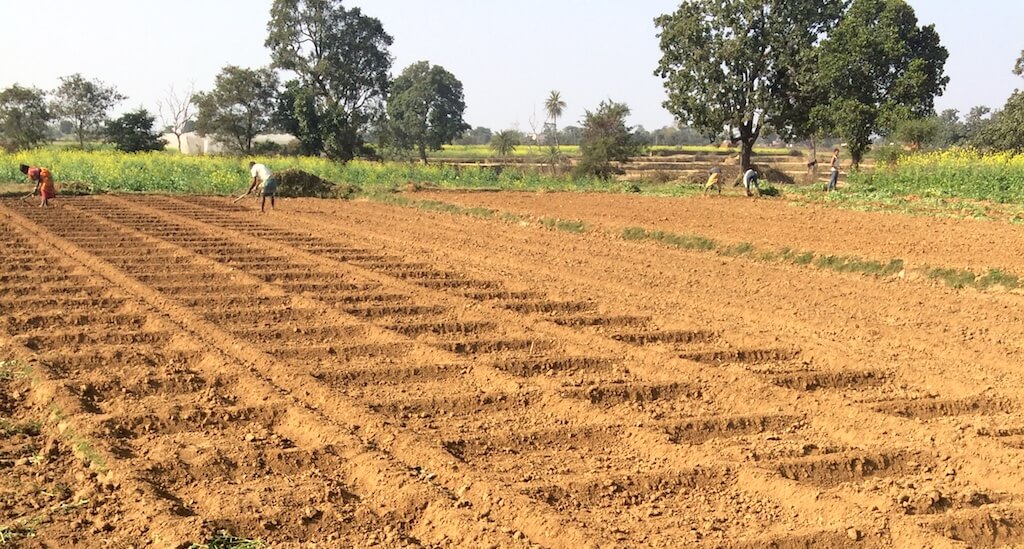International Conference on Agribusiness in Emerging Economies 2018, TERI School of Advanced Studies
Abstract :
Despite increase in investments made in creating new ground water structures in the last two decades in Jharkhand, the gross irrigated area as a percentage of gross cropped area of the state ranks among the lowest in the country. Additionally, the percentage of the same for marginal farmers as compared to semi-medium and large farmers is almost negligible.
With easily available surface water sources forming the bulk of water available for irrigation, primary reason for low levels of gross irrigated area is lack of access to groundwater. From the energy-irrigation perspective, an explanation for this is the inappropriate size of the pumps being used. The state of Jharkhand has a high proportion of manual irrigators. Several schemes in the past have promoted the usage of larger capacity pumps for extracting ground water, the consequences of which have not been satisfactory. However given the abundant surface and ground water sources, the scope for boosting agricultural income through irrigated farming for marginal farmers is high. It is being argued that use of small capacity pumps (<2 HP) would lead to higher utilisation of the surface/ground water for irrigation. With limited reach of electric connections in rural areas, diesel is the only easily available source of energy for operating these pumps.
Therefore in order to understand the context and viability of small pumps in a state like Jharkhand, a study was conducted in the districts of Ramgarh, Gumla and Lohardaga. Convenience and purposive sampling was used to select the farmers. A total of 47 farmers, using different pump sizes were interviewed, using structured questionnaires and focus
86
group discussions. Analysis was done to compare across categories of pump ownership and land holdings, on indicators pertaining to agronomy, user and the irrigation context. It is seen from analysis that small pump users have higher seasonal spread of crops compared to large pump users.
Despite having higher power available per net sown area, net irrigated area as a percentage of operational land holding was low for large pump users as compared to small pump users. Also, the income per hectare of small pump users was higher as compared to large pump users. Within the same, the share of income from agriculture in total income of the household is much higher for small pump users as compared to large pump users. Small pumps were utilised more on an average as compared to large pumps, during Rabi.
Due to lower discharge, small pumps do not lead to contamination of ground water which is prevalent in the case of large pumps. There has been a shift from large pumps to small pumps, in areas where large pumps were installed on a community usage basis (Lift Irrigation). As the capital costs are low in the case of small pumps they offer no entry barrier for first time irrigators apart from being profitable. Overall, farmers have reported the transition to small pumps as a sustainable shift in technology for irrigating their fields.

